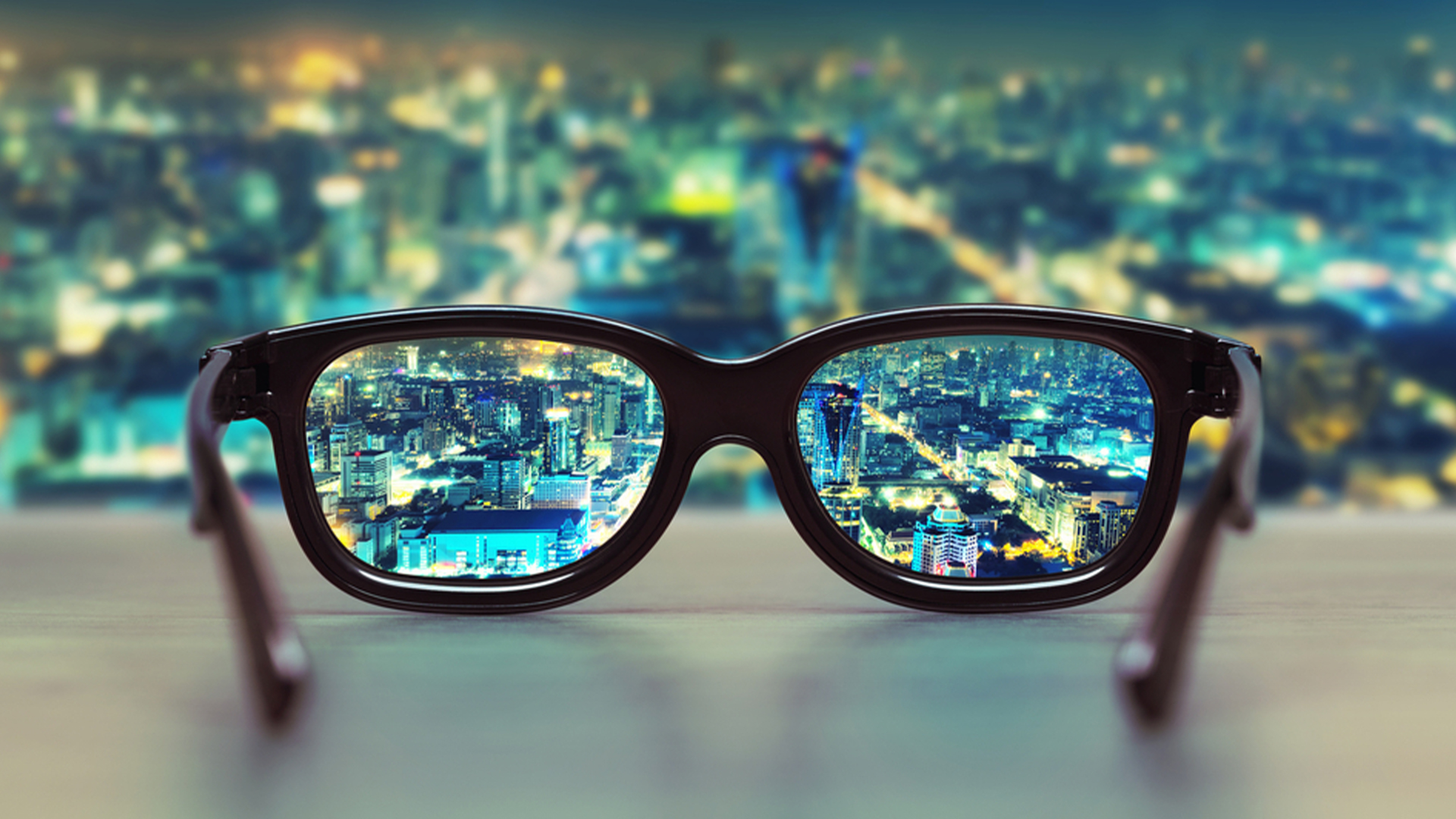Congratulations!
An integral part of fashion, the savior of sunny days, the life partner of people of all ages, the accompaniment of the most beautiful moments we have witnessed, our only friend who saved us from blurry scenes… What is the product that we can not get enough of praising? Yes, you got it right: Glasses. Those who appreciate eye health will tell you how precious glasses are, and they will exclaim "Caesar's right to Caesar!”
.jpg)
The earliest known source of the use of glass lenses in the form of spectacles for vision was taken up by Roger Bacon in 1268. Previously, magnifying glasses made of clear quartz or vermila were used as "reading stones". The first glasses consisted of two lenses connected by nails. Their development also took a long time, and many interesting and fun but useless intermediate glasses forms were produced. Some were used by holding hands in the form of scissors, while others were used by squeezing one eye with eye muscles. One of the most popular usage styles was the butterfly glasses models, in which the glasses were attached to the hat. Sunglasses appeared in China independently from the rest of the world. However, its intended use was quite different from what it is today. Glasses made of soot-blackened glasses were not used to protect from the sun, but were used for purposes such as not being recognized or covering one's face in court! The invention of the printing press and the spread of literacy had increased the demand and need for glasses, but the technological development did not progress in parallel with the need. Finally, by the 18th century, the near-form-handled eyeglasses we use today were invented by Edward Scarlet. The handles could be adjusted as desired and could stand in the eye in a balanced way without falling. It would be correct to say that one of the most important milestones in the development of glasses is the presence of the glasses stem.
.jpg)
As glasses developed, spectacle lenses were also undergoing a transformation. Eyeglass lenses made of heavy minerals have been used for a very long time, they are still in use as lenses. Except for their subtleties, we no longer have a valid reason to use them; they are heavy, prone to breakage, safer against harsh conditions, the color scale they can be produced in is quite narrow. So, what is the alternative that is superior to it in all these conditions and can be produced at lower costs? Our answer is organic glasses made from plastic.
Thanks to advanced plastic technologies, we can now apply all kinds of processes applied to the lens on plastic as well. Moreover, plastic is not only used in the glass of the glasses, but also in the production of the body. We see that plastic is used not only in glasses, but also in contact lenses; moreover, there is no equivalent material in contact lenses which are very small!
It is best to take good care of our eyes, not to despise them, and to take the necessary vitamin-mineral supplements. But of course, we can't get ahead of our genetics. When those moments come, lenses and glasses made of plastic will be with you, congratulations!



